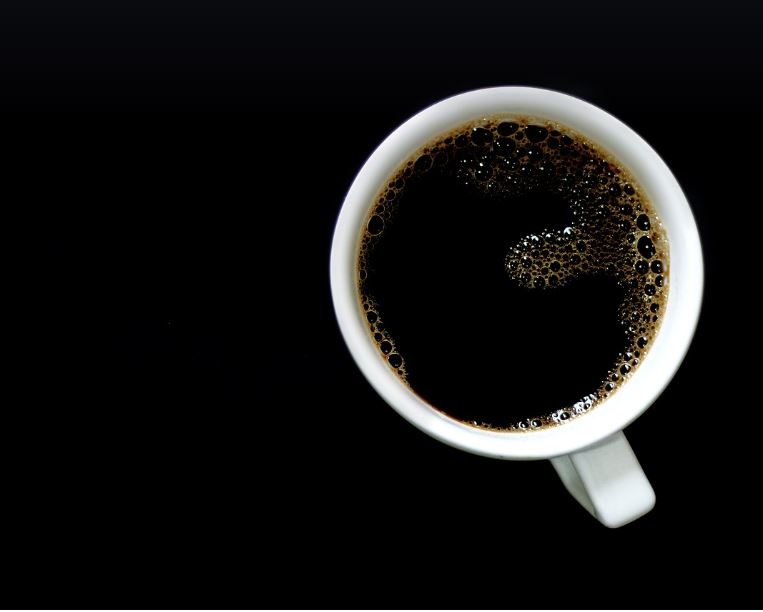A greater distance between buyers and sellers can be seen in the Brazilian physical market, with buyers not keeping up with the gains on the futures exchange. This is very clear in the case of coffee trading differentials in FOB exports, which have become weaker. The differential for MTGB good cup 3/4 (screen 14/16) coffee fell to -23 cents in FOB Santos. Fine cup 17/18, which is scarcer due to the low supply of bigger beans from Brazil’s 2024 crop, was sustained at +3 cents in Santos. Colombian mild Excelso coffee is indicated between +13 and +15 cents at the FOB port of Buenaventura against ICE US. The growing selling interest, given the seasonal pressure with the arrival of new coffee from October onward, should put pressure on export prices.
Brazilian conillon 13 up at the port of Vitória remains valued, bidded at +6 cents against the London exchange, converted into cents per pound, which is equivalent to USD 132 per ton against the November position on the European exchange. Even with firmer differentials, Brazilian conillon remains very competitive against its Asian peers, thus attracting external demand.
Brazilian coffee export prices continue to rise. The average price of arabica exported in August was USD 270.06 per bag, according to information from Cecafé. The current price is 30% higher than in the same period last year, when it was exported at USD 207.85 per 60-kg bag. The higher volume exported, together with higher prices, has a positive impact on revenue, reinforcing the good scenario for Brazilian coffee. The highlight was the appreciation of robusta exports, which rose to USD 220.22 per 60-kg bag, up 44% from the same period last year, when it was trading at USD 152.76 per bag. Exported soluble coffee reached an average price of USD 247.43 per bag, a gain of 23% compared to the same period last year.

